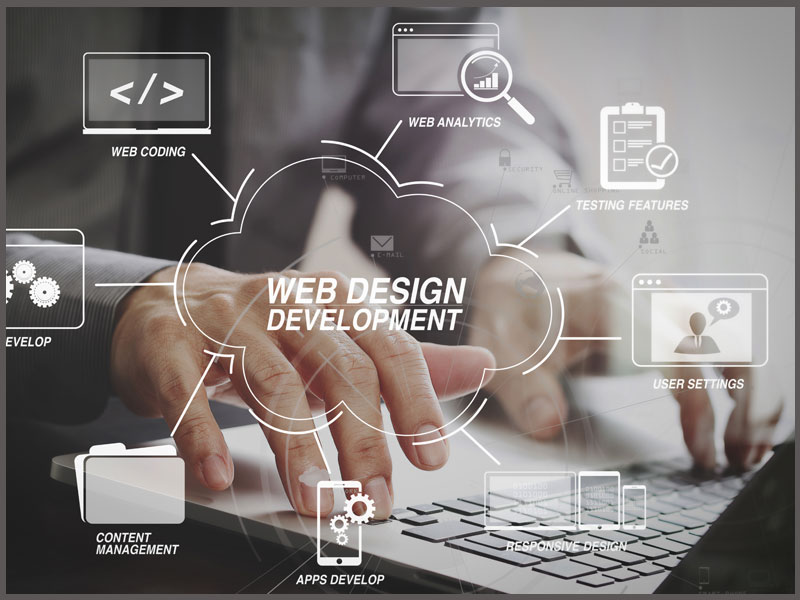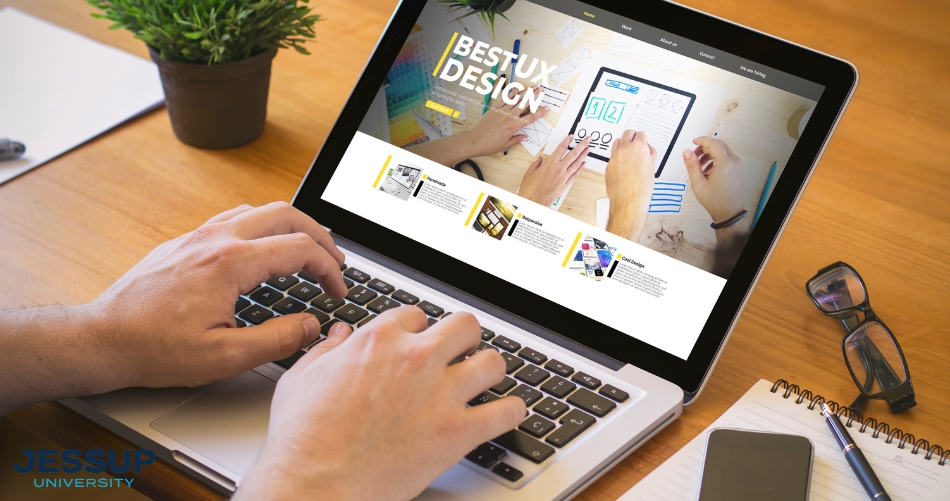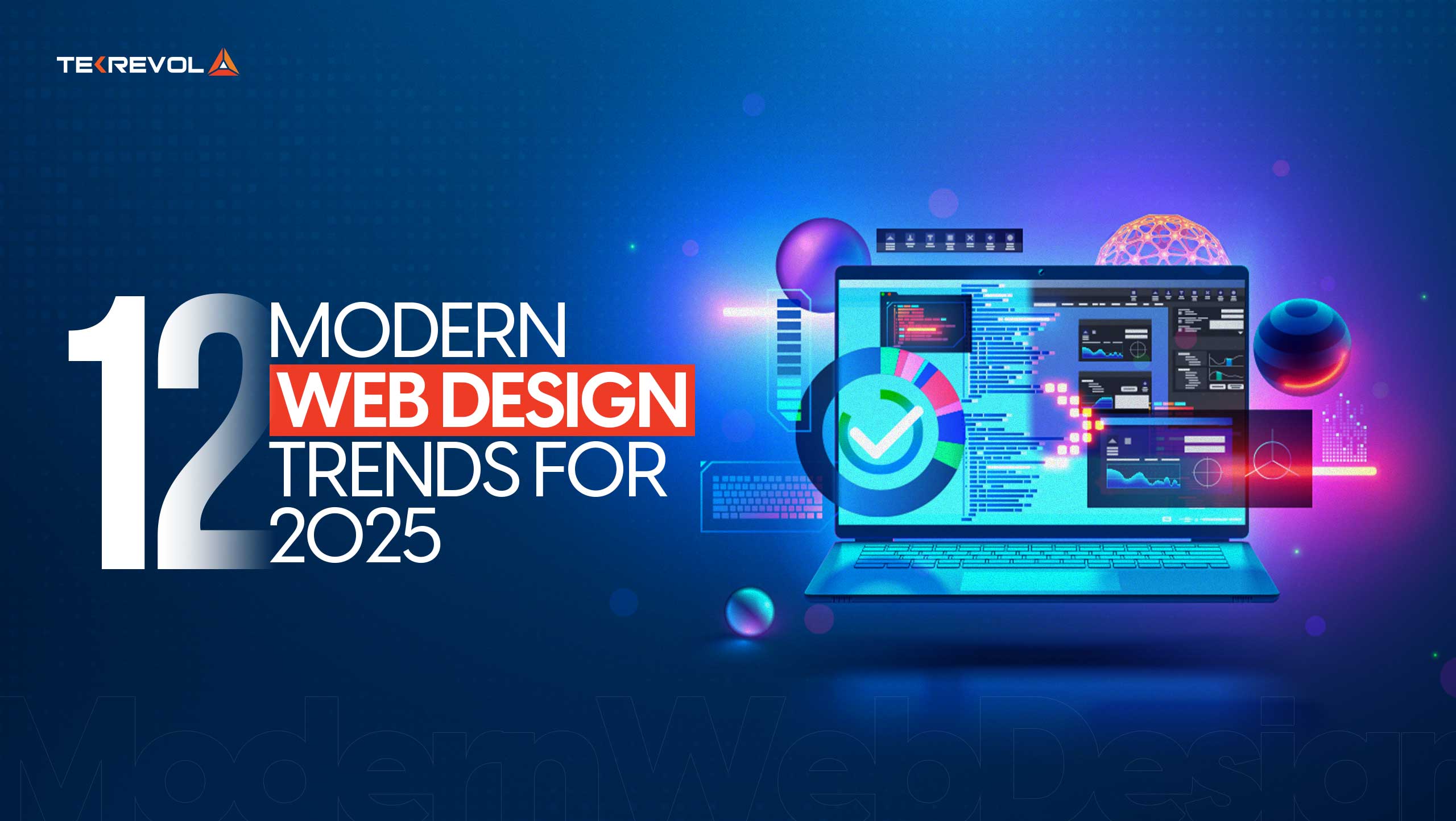Aligned Position Web Design: Boost Your Brand’s Visibility with a Stunning Website
Aligned Position Web Design: Boost Your Brand’s Visibility with a Stunning Website
Blog Article
The Finest Sorts Of Website Design to Boost Customer Experience and Interaction
In the ever-evolving landscape of digital communication, the efficiency of website design dramatically impacts individual experience and engagement. Various style methods, such as minimalist, receptive, and interactive designs, each offer special advantages that can satisfy diverse individual demands. Understanding which kinds of Web design finest serve these goals can be pivotal for services aiming to enhance client complete satisfaction and retention. The inquiry stays: which layout aspects genuinely reverberate with customers and foster purposeful involvement? The expedition of these principles reveals essential understandings that might redefine your strategy to website design.
Minimal Web Style
As digital landscapes end up being significantly messy, minimal Web layout has become an effective strategy to boosting user experience. This style ideology prioritizes simplicity, concentrating on vital aspects while eliminating unnecessary diversions. By using enough white space, uncomplicated navigating, and a limited shade scheme, minimal layout cultivates clarity and guides user interest to crucial content.
The core concept of minimal website design is to produce a seamless communication for individuals. By decreasing cognitive lots, individuals can swiftly grasp information without feeling bewildered. This direct strategy not only improves usability however likewise motivates involvement, as site visitors are more probable to check out a site that is aesthetically appealing and simple to browse.
Additionally, minimal design typically stresses typography and images, utilizing these components tactically to share messages effectively. This concentrate on essential parts can enhance brand identification and develop a remarkable customer experience. Fundamentally, minimalist Web style is not simply a fad; it is a thoughtful methodology that identifies the relevance of user-centered layout. By removing away nonessential aspects, designers can create an extra interesting, reliable, and enjoyable Web experience for all users.
Responsive Web Layout
In today's varied electronic environment, responsive Web layout has ended up being essential for developing a seamless user experience throughout a plethora of gadgets. As users access web sites on smartphones, tablet computers, desktops, and laptop computers, the ability of a web site to adapt its layout and content to different display sizes and resolutions is crucial.
Responsive Web style employs versatile grids, photos, and CSS media questions to make sure that Web material is presented efficiently, despite the gadget used. This approach not only boosts the visual appeal of a website yet likewise substantially improves usability. Users are more probable to involve with a website that provides a regular experience, as it removes the disappointment of having to focus or scroll exceedingly.
Moreover, online search engine, consisting of Google, prioritize mobile-friendly web sites in search positions. By embracing receptive design, organizations can boost their presence and reach a wider target market. This method additionally streamlines site upkeep, as a single variation of the website can accommodate all gadgets, minimizing the need for multiple versions. In recap, responsive Web design is a basic method that boosts individual experience, involvement, and total contentment.
Interactive Website Design
Responsive website design prepares for boosting customer experience, but interactive Web style takes this an action additionally by involving customers in an extra vibrant means - Aligned Position Web Design. By including elements such as animations, clickable models, and real-time explanation feedback, interactive website design astounds customers, attracting them right into a richer browsing experience
This strategy not only fosters engagement however additionally motivates individuals to check out content actively as opposed to passively consuming it. Methods such as gamification, where customers gain benefits for completing tasks, can dramatically improve the moment invested this in a website and boost total complete satisfaction. In addition, interactive attributes can simplify intricate details, making it much more pleasurable and absorbable.

Incorporating interactive design elements can additionally lead to greater conversion prices, as individuals are most likely to involve with a website that proactively entails them. Aligned Position Web Design. Eventually, interactive Web design transforms individual experiences into unforgettable journeys, ensuring that site visitors return time after time
Apartment Layout
Characterized by its minimalistic strategy, level layout stresses simpleness and performance, removing away unneeded components and focusing on vital features. This design philosophy focuses on use, making certain that users can browse user interfaces easily and performance. By employing a clean aesthetic, flat design removes the mess often located in a lot more luxuriant styles, thus enhancing customer concentrate on web content and performance.
The trademark of level style exists in its usage of vibrant colors, basic typography, and geometric forms. These elements add to a visually enticing user interface that is both modern-day and friendly. Additionally, flat layout fosters a sense of clearness, allowing customers to recognize essential actions and info without diversion.
Moreover, flat style is particularly efficient in receptive Web design, as its simpleness converts well throughout various devices and display dimensions. By concentrating on necessary features, level layout not only satisfies individual demands however additionally motivates seamless interaction, making it an essential element of efficient Web layout techniques.
Adaptive Web Style
Flexible Web style customizes the individual experience by creating multiple repaired formats customized to different display dimensions and devices. straight from the source Unlike receptive style, which fluidly changes a single design, flexible layout uses distinctive layouts for particular breakpoints, ensuring ideal presentation on numerous platforms. This method enables developers to focus on the special features of each device, boosting functionality by delivering specifically what customers need based upon their context.
Among the key advantages of adaptive Web design is its capacity to maximize lots times and performance. By serving tailored content and photos that fit the user's tool, websites can reduce data use and improve loading speeds. This is specifically helpful for customers with slower connections or restricted information strategies.

Furthermore, adaptive layout facilitates a more constant and regulated branding experience. Since designers develop numerous designs, they can ensure that the aesthetic components line up with the brand's identification across various systems - Aligned Position Web Design. This results in a natural user experience, enhancing engagement and promoting customer retention
Final Thought
To conclude, the combination of minimal, responsive, and interactive Web design concepts dramatically improves user experience and involvement. Minimalist design cultivates clearness and emphasis, while responsive layout makes sure versatility across numerous tools, promoting accessibility. Interactive layout captivates users with dynamic aspects, encouraging expedition and personalization. Collectively, these style comes close to add to the development of user-friendly settings that not just enhance fulfillment but additionally drive higher conversion prices, underscoring their crucial significance in contemporary website design approaches.

Minimalist design cultivates clarity and emphasis, while responsive style guarantees versatility throughout various tools, advertising ease of access. Jointly, these layout approaches contribute to the creation of easy to use environments that not only improve complete satisfaction however additionally drive higher conversion rates, emphasizing their important relevance in contemporary Web layout techniques.
Report this page